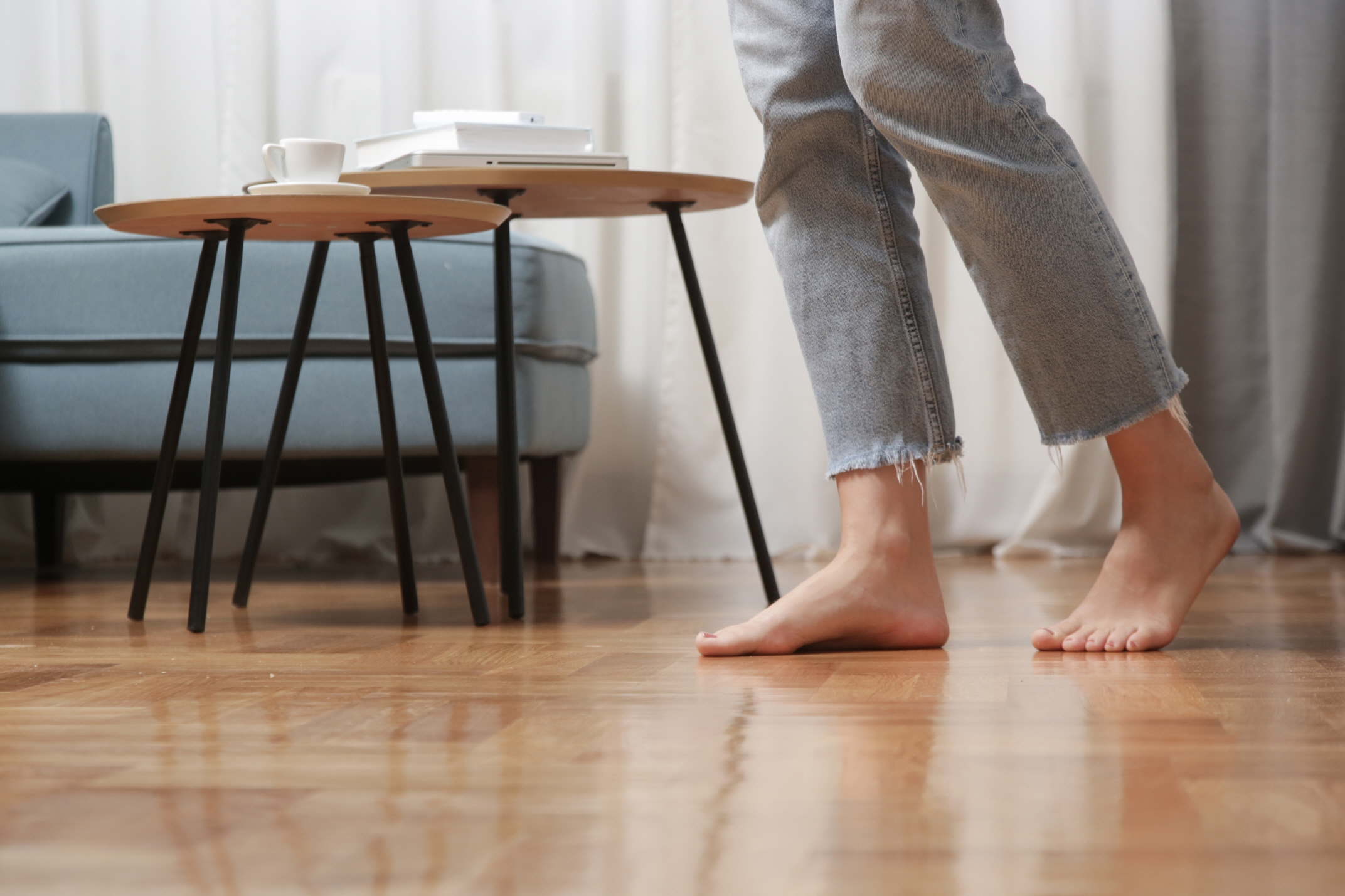Home improvement projects are on the rise. According to Harvard University, American spending on renovations will top $485 billion in 2024.
Floor heating systems have become a popular upgrade for many homeowners. They provide even heat distribution, eliminating drafty areas of rooms. They also are extremely energy efficient and can improve air quality.

There are several different types of floor heating systems. The home radiant heating guide below covers what those are and explains what the installation process entails. Keep reading to learn more.
Different Radiant Floor Heating Systems
There are three prominent floor heating systems. Each has its own advantages–including being able to use them with a variety of flooring types–as well as a few drawbacks.
Air-Heated Floors
Air-heated radiant floors are less common but do have a few unique attributes worth considering. As the name suggests, these circulate warm air through tubing embedded in the flooring.
The pros include even heat distribution throughout the flooring. Air-heated heating systems also can be used with various flooring materials.
One major drawback of air-heated floors is that they can be much less efficient than hydronic or electric systems. Installation and maintenance also can be complex. Finally, they could be slightly noisier than other systems.
Electric Radiant Floors
Electric radiant flooring systems use electric cables that are embedded in the flooring material. They are very easy to install and can be extremely efficient, especially in smaller areas.
Electric radiant floors have a very fast response time, heating the flooring quickly once activated. They also provide even heat distribution. Another advantage of electric radiant systems is that they do not churn up dust and allergens like forced-air systems.
One downside to electric radiant flooring is that it can have higher operating costs compared to hydronic systems.
Hydronic Radiant Floors
Hydronic systems are some of the top radiant floor systems available. They use warm water heated by a boiler and pumped through tubing in the flooring.
Hydronic radiant floors can operate a lower temperatures, which can reduce energy consumption, making them extremely efficient. They also are the quietest option, as they require no fans or vents. Like electric radiant floors, they eliminate drafts and dust circulation.
Hydronic radiant floors are durable and reliable, but installation can be more complex and expensive. There is also the potential for leaking, which can be limited with property installation and basic maintenance.
Radiant Floor Installation Methods
There are several different methods for installing radiant flooring. These depend on the type of system and goals of the project. There are prefabricated layers with embedded tubing or wiring, as well as systems that are installed in existing flooring.
Insulation is crucial to energy efficiency. The floor material you select also can affect the heating system’s performance. Professional installation is recommended, especially for connecting tubing and electrical controls to your thermostat.
Learn More About Radiant Floor Heating
Energy-saving floor heating systems are a great way to add comfort to rooms. A professional installer can recommend the best radiant heating solutions based on your home heating goals and budget.
Since 1947, LX Hausys has been sourcing the best low-cost floor materials to enhance the value of living spaces. We pride ourselves on finding the highest quality, eco-friendly products for our clients. Reach out to us today to discuss efficient floor heating options.

